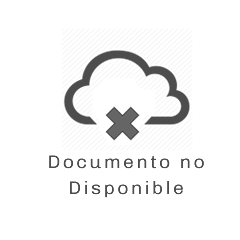Investigating the nature of an ash cloud event in Southern Chile using remote sensing: volcanic eruption or resuspension?

Resumen
On 14 December 2013, the Cooperative Institute for
Meteorological Satellite Studies (United States) reported a volcanic
ash cloud apparently emitted by the Puyehue Cordón Caulle
Volcanic Complex (Chile) and indicated its cause was probably
resuspension. The distinction of volcanic ash resuspension from
volcanic eruptions is important because both processes pose different
scenarios for civil protection authorities and besides, there
is a special need of specific schemes for detecting and monitoring
resuspension of volcanic ash. To this end, we intended to identify
the cause of this event by using remote sensing technology.
Remote sensing based volcanic ash products enabled us to confirm
the presence of volcanic ash and observations on the
Moderate Resolution Imaging Spectroradiometer (MODIS)–based
cloud-integrated water path provided evidence in favour of a
small and short-lived eruption. Thus, a volcanic eruption would
constitute a plausible explanation for the cloud of 14 December
2013, but we were unable to discard resuspension. On the other
hand, we found out that the water path product could constitute
useful ancillary data to identify the origin of this kind of processes.
The set of observations presented constitutes a good initial point
towards the identification and subsequent development of decision
support tools for the mitigation of the hazards posed by
volcanic ash resulting from volcanic eruptions and resuspension.
Descripción
Artículo publicado en la Revista Remote Sensing Letters, Volume 8 No. 2, páginas 146-155.
Cita
Colecciones
Fecha
2017-10-25Metadatos
Mostrar el registro completo del ítemUtilice este identificador (URI) para citar o enlazar este item
http://hdl.handle.net/20.500.12160/143El ítem tiene asociados los siguientes ficheros de licencia: